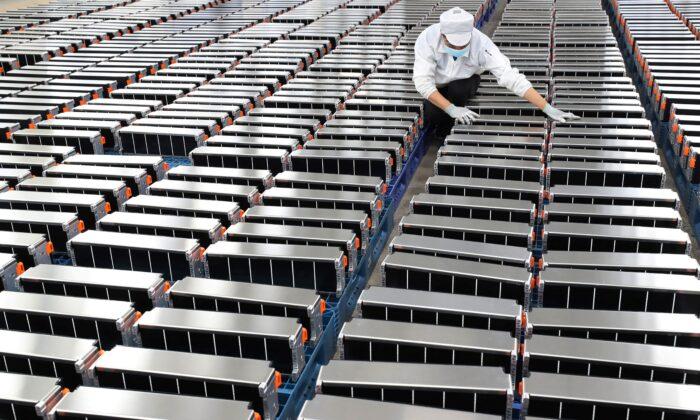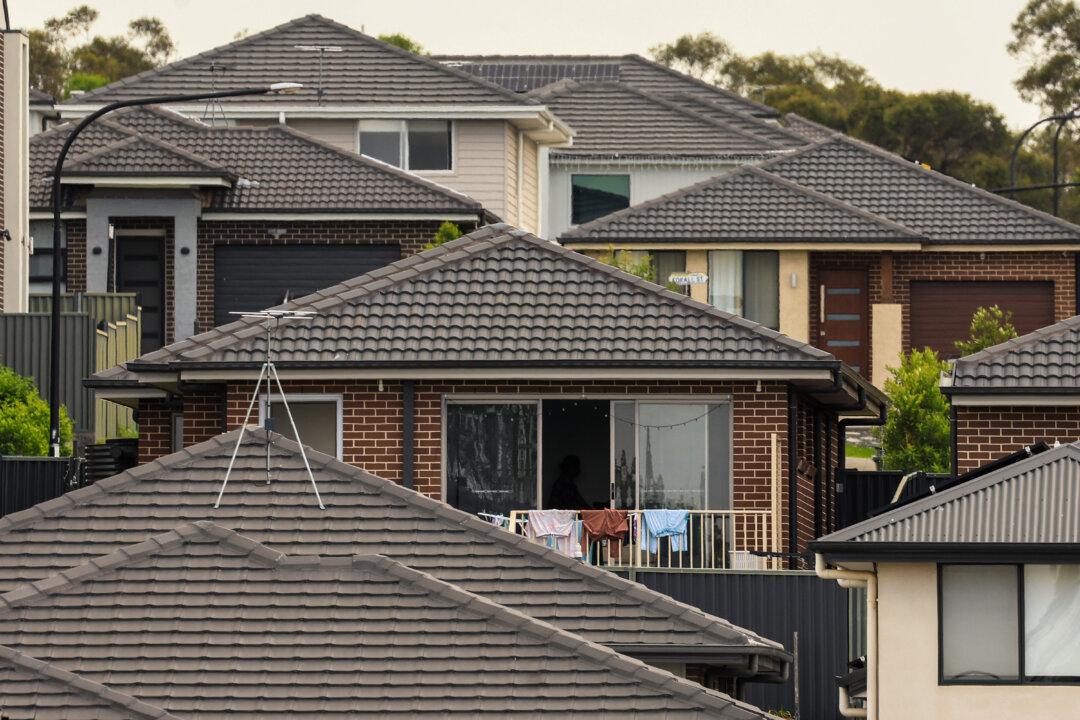Big batteries across Australia could one day be powered by a little-known element called vanadium and manufactured onshore, an industry leader says.
The silvery-grey metal is the latest “pit to grid” sensation for electricity system operators, although most people have never heard of it.
“Seven years ago, lithium was in the same spot,” Australian Vanadium CEO Graham Arvidson told AAP ahead of a briefing on the element at the Diggers and Dealers Mining Forum in Kalgoorlie, Western Australia, on Wednesday.
Australia is home to almost one-third (or 31 percent) of the world’s vanadium, according to Geoscience Australia, but none of it is mined.
Some 80 percent of the world’s vanadium comes from China and Russia, and more is produced in South Africa.
Most vanadium is used to make metal alloys, but it can also be used to make an increasingly popular kind of battery that may be the answer to storing energy for long periods to support solar and wind power generation.
Leading vanadium flow battery manufacturers, such as Japan’s Sumitomo Electric, have been churning them out for the past 20 years.
Australia could become a leading supplier of the mineral, and there are already battery projects on the go that could open the door for more local manufacturers, Mr. Arvidson says.
“They’ve been around for a long time—really, they’ve been fully commercialised at grid scale for at least 20 years,” he said.
“And it’s a wonderful story for Australia because it was invented here in the 1970s,” he said.
The up-front cost may be higher, but vanadium batteries last more than 20 years, are easy to recycle, can survive harsh conditions, support peak energy demand, and require no other minerals.
They can also be located more closely together or stacked as modules because they are not flammable like lithium-based batteries.
“You can either repurpose it into another battery with no loss, or you could extract it and put it in steel,” Mr. Arvidson said.
There are vanadium flow battery factories under development all over the world, including in the United States, China, South Korea and India.
“A vanadium flow battery is a pretty simple device,” Mr. Arvidson explained.
“You’re effectively mixing it with acid so you can put it in the battery—sulphuric acid is what we call the electrolyte,” he said.
“There’s two tanks full of electrolyte, there’s two pumps and the middle where you can exchange ions across a membrane.”
WA’s Horizon Power has purchased a vanadium flow battery for a pilot project in Kununurra to provide long periods of 100 percent renewable energy.
In South Australia, energy giant Invinity is creating Australia’s first dispatchable solar power plant combined with a vanadium flow battery.
Last year, Australian energy storage business North Harbour Clean Energy announced a joint venture with CellCube, a global leader in vanadium flow batteries, to build an assembly line on the east coast for the national electricity market.
While they cannot provide the same power as a lithium battery, vanadium flow batteries excel in energy storage, according to Australia’s Chief Scientist Cathy Foley.
Queensland has 15 percent of the planet’s vanadium.
Premier Annastacia Palaszczuk has already opened the state’s first vanadium electrolyte manufacturing plant in Townsville, where Vecco Group is working on a trial with state-owned Energy Queensland to test the new battery.
She’s also declared an area about 45km northwest of Richmond, which is a vanadium hotspot, a critical minerals development zone.





